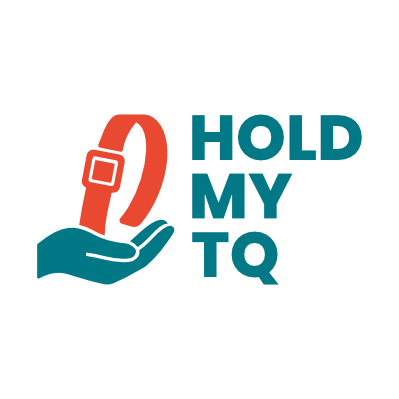Most people think only medics or first responders know how to use a tourniquet. That misconception can cost lives. Severe bleeding can cause death in as little as three to five minutes, long before an ambulance arrives. The truth is that anyone can use a tourniquet to stop life-threatening bleeding: a parent, a teacher, a coworker, or a bystander. Bleed control techniques and be learned and applied by mostly everyone.
Where This Misconception Comes From
For decades, tourniquets carried a stigma. Older medical teachings suggested they could cause harm or lead to limb loss if applied incorrectly. Modern research has overturned that. The U.S. military, trauma surgeons, and emergency medical experts now agree that properly applied commercial tourniquets save lives with minimal risk of complication. The hesitation remains only because the public hasn’t caught up to this thinking.
Real-World Example: A Simple Conversation
Recently, I asked a coworker who is a business flight crew member if she had ever taken bleed control training or learned to use a tourniquet. She said confidently, “That’s for medics.” I reminded her that victims can bleed out in minutes, long before an ambulance arrives. That brief exchange revealed that we’ve done a good job teaching the public about CPR but not about bleeding control.

The Shift in Thinking: Bystanders as First Responders
We need to reframe what it means to be a “first responder.” In a life-threatening bleed, the person closest to the victim is the first responder – no badge or certification required. Stopping a bleed is not complex, and tools like the CAT or SOF-T tourniquet are designed for anyone to use. With just a few minutes of instruction, you can be ready to save a life.
How to Get Started
- Take the Stop the Bleed course online.
- Keep a tourniquet in your car, bag, or garage.
- Talk with coworkers and neighbors about bleed control awareness.
- Encourage your workplace or church to host a bleed control demonstration.
True, tourniquets are serious business. But they are life-saving tools that can be applied by everyone with even the most basic training. Every American should know how to use one and have access to one. When bleeding happens, you can make the difference between life and death.
